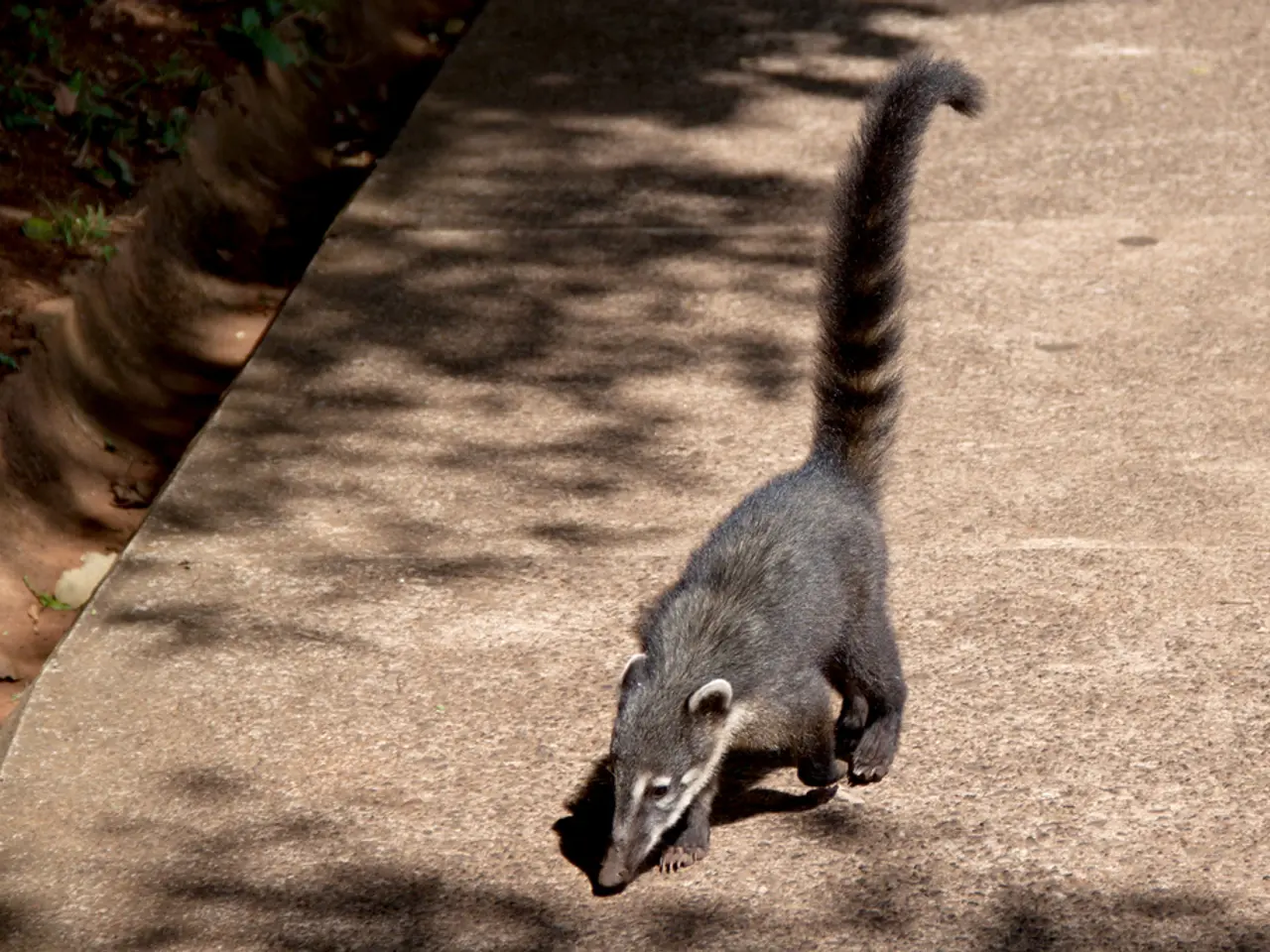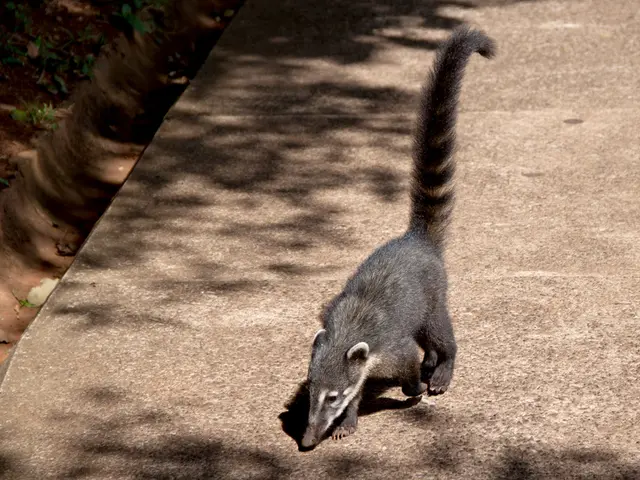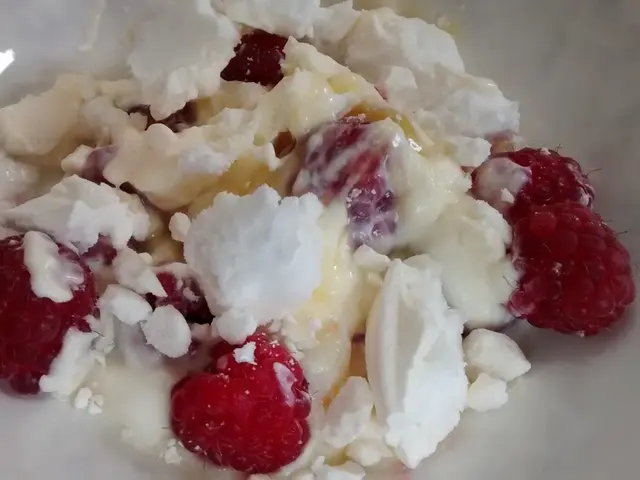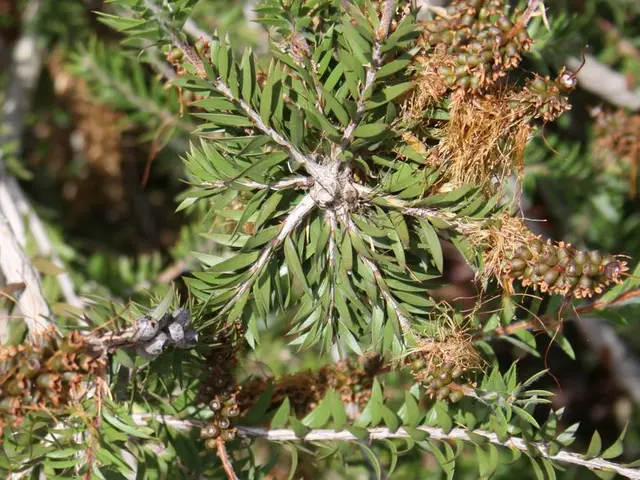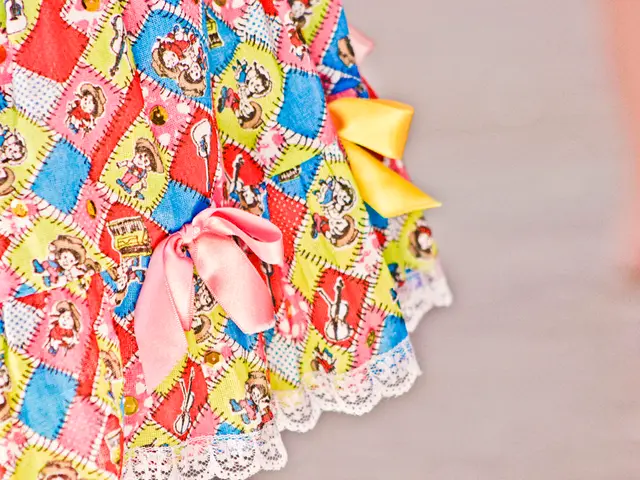What's causing my pea pods to lack peas?
Empty pea pods can be a frustrating issue for gardeners. Fortunately, there are several reasons why this might happen and strategies to prevent it.
In case you're wondering, these pesky empty pods could be the result of various factors such as poor pollination, pest attacks, environmental stress, nutrient deficiencies, diseases, planting issues, or even user error.
For instance, peas that don't get pollinated might develop into empty pods. This could be due to a lack of pollinating insects, extreme weather, or planted in locations without easy access to pollinators.
Pests, like pea moths, weevils, or aphids, can cause damage to developing pods and flowers, potentially leading to failed pod development or premature drying and emptying.
Environmental factors, like inconsistent watering, high temperatures during flowering, or frost, can stress pea plants, causing pods to form poorly or remain empty.
Lack of essential nutrients, such as nitrogen and potassium, can hinder healthy pod and seed development. Soil-borne diseases like root rot (Fusarium or Aphanomyces) can weaken plants, causing poor flowering and pod set, which may result in empty pods.
Planting too densely, using old or non-viable seeds, or planting at the wrong time can lead to poor yields and empty pods.
So, what can you do to prevent empty pea pods?
To ensure proper pollination, consider planting companion flowers or lightly shaking plants to help self-pollination if insects are scarce. When it comes to pests, organic pest controls like neem oil or insecticidal soap can do the trick. Monitor your plants regularly for early signs of pest damage.
Maintain even soil moisture, especially during flowering and pod development. Mulch helps conserve water and prevent soil from drying out. Rotate crops to prevent soil-borne diseases. Adequate spacing helps improve air circulation and reduce disease risk.
Fertilize appropriately with a balanced fertilizer or add a pea inoculant to boost nitrogen availability. However, be cautious not to overdo it, as excessive nitrogen encourages foliage growth over pods. Choose disease-resistant pea varieties to reduce losses from fungal and bacterial infections.
By addressing these factors, you can minimize the occurrence of empty pea pods and improve your overall harvest. Although a specific video providing these tips wasn't found, the advice above aligns with common gardening guidance for healthy pea production.
Home-and-garden enthusiasts can prevent empty pea pods by promoting proper pollination, such as planting companion flowers or lightly shaking plants to aid self-pollination if pollinator insects are scarce. Additionally, maintaining even soil moisture during flowering and pod development through regular watering and mulching can help minimize stress and empty pods caused by drying.
